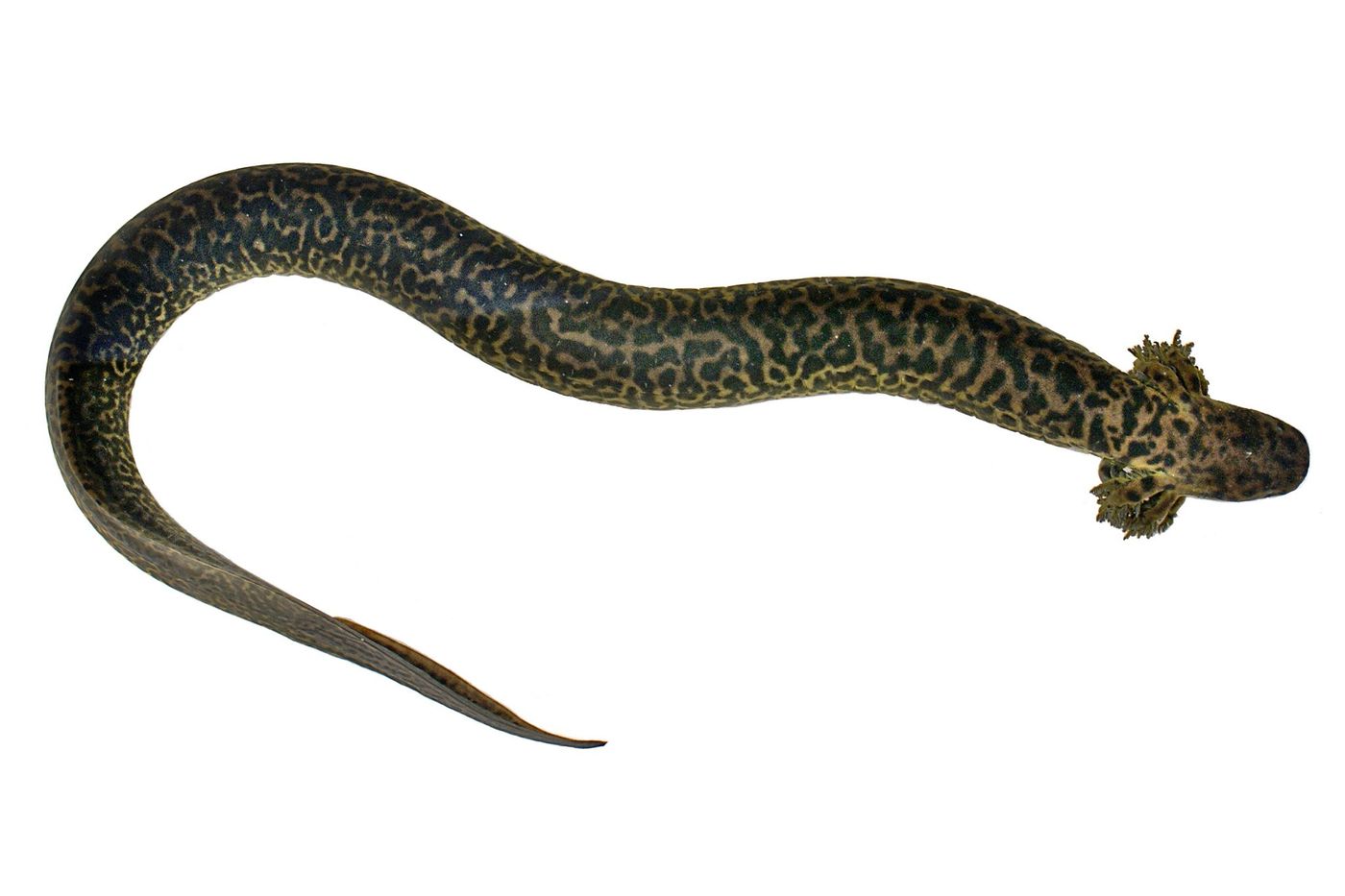New Aquatic Salamander Species Described in New Study
A new aquatic salamander species has been discovered, and researchers are almost entirely sure it matches the description of a previously-unknown animal that presented itself to the public many times over the years.
The findings, which were published this week in the journal PLOS ONE, detail what researchers are now calling the reticulated siren (Siren reticulata).
Image Credit: David Steen
Native to the various waterways found in Northern Florida and Southern Alabama, the reticulated siren exhibits body patterns akin to the spots you’d see on a leopard. Consequently, locals unofficially called the amphibian a ‘leopard eel’ before it was formally studied.
But it wasn’t an eel; instead, it was a salamander belonging to the Sirenidae family. It joins two other sirens in its genus – the lesser siren and the greater siren – and is reportedly the largest vertebrate discovered in the United States in decades.
“What immediately jumps out about the reticulated siren that makes it so different from currently-recognized species is its dark and reticulated [or net-like] pattern,” explained David Steen, a co-author of the study. “It also seems as though they have a disproportionally-smaller head, as compared to other sirens.”
Related: Salamanders may fare better against climate change than initially thought
While the reticulated siren presented itself to the public many times in the past, it never presented itself to a researcher that could analyze it correctly, at least until now. It wasn’t until the researchers accidentally captured one in a trap intended for another type of animal that they happened upon a live specimen.
Given just how long the elusive species has slipped under the radar, it’s somewhat relieving to know that science has officially grabbed ahold of it. Now, years’ worth of rumors and speculation can be put to rest, as the species has officially been identified.
“There’s a lot that we have left to learn even just in the swamps and the forests in our backyards,” Steen added.
It’s too early to determine the conservation status of the reticulated siren, but we expect that follow-up studies could help shed some light on this aspect.
Source: National Geographic, PLOS ONE









